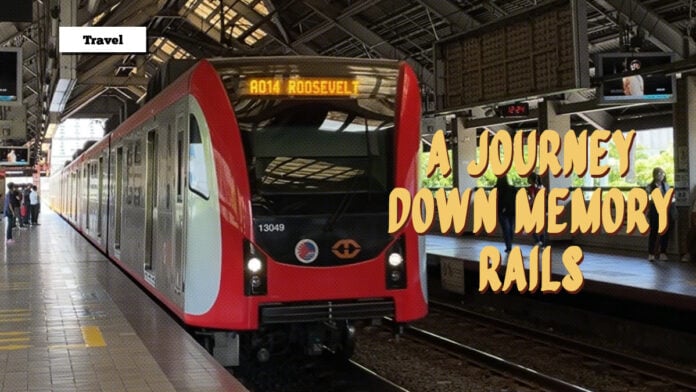The LRT-1 has long been a bastion of mass transport in the north of the metro. Opened to the public in 1984, it’s the country’s first light rail train system, serving Filipino commuters for four decades now. It is expected to serve more when its south-bound extension is completed later this year.
With its long years of service, the LRT-1 has seen history being made. It has seen 8 presidential terms, ferried people to two people power revolutions, and was targeted in a terror attack at the in the Rizal Day Bombings of 2000. And, just as storied as the tracks, LRT-1 also stands on storied grounds.
Bringing these stories and history to commuters and history enthusiasts alike is the raison d’etre behind the LRT-1 Heritage Transit Tour, a joint project between Light Rail Manila Corporation and the cultural group Renacimiento Manila.
GADGETS Magazine was fortunate to join one of the Heritage Transit Tours. Like all tourgoers, we each received a Beep card with an unlimited ride credit for one day, which can be used to visit other stops of the LRT-1 tracks.
A glimpse of tour
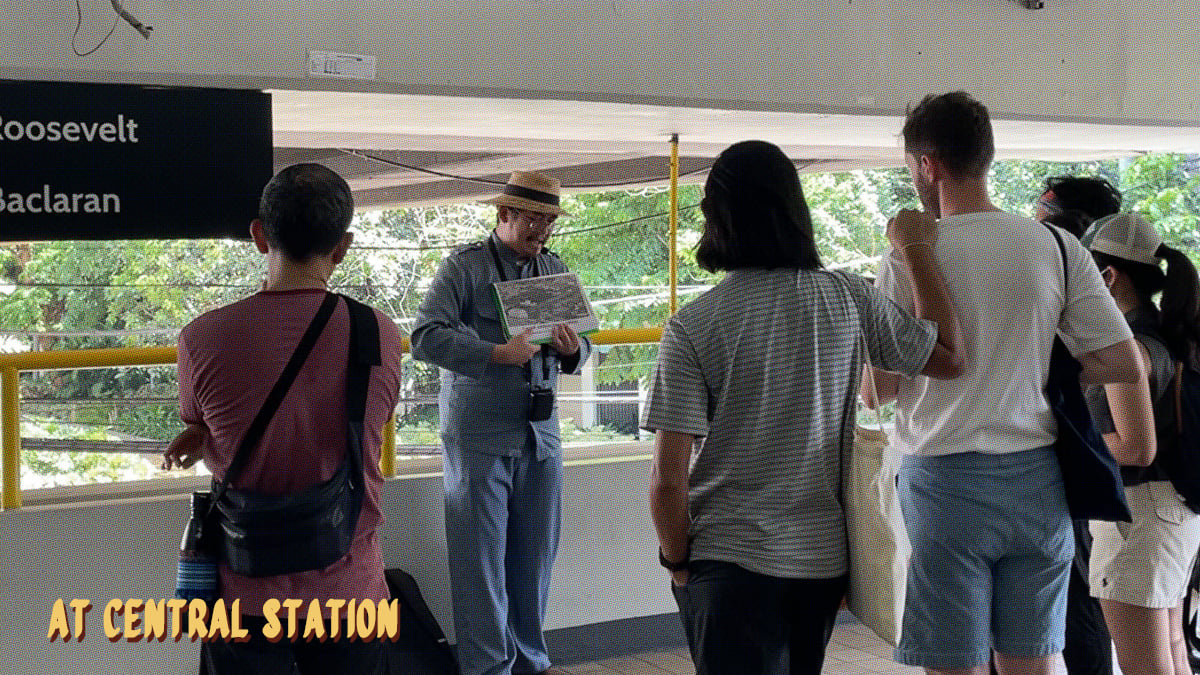
The transit tour takes you through four LRT stations. It starts at Central Terminal Station, the central point of the whole line (at least prior to the line extensions). Here, we learned about the land where Central Terminal stands, and its role in the 1762 British occupation of Manila.

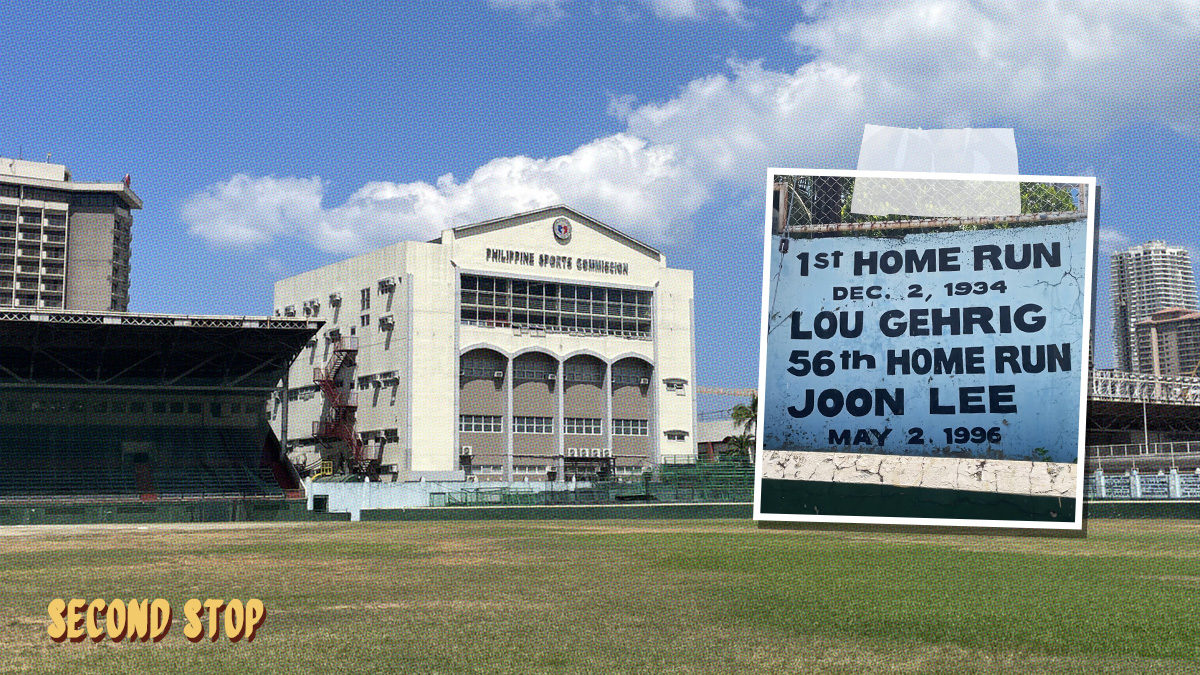
From Central Terminal, the tour proceeded to Vito Cruz Station, Manila’s southernmost station. Here, we were greeted with the façade of De La Salle University and heard the gruesome history of the Japanese Occupation. From Vito Cruz Station, we were treated to a brief tour of the Rizal Memorial Sports Complex and learned about a World War II battle that was fought around its historic baseball field. After this was a bit of history about the trains plying the LRT-1 tracks.


After the journey south, the tour turned northward to Carriedo Station, the final station located on the once glamorous Rizal Avenue or Avenida, once a prime commercial hub. Carriedo Station is also the gateway towards the Santa Cruz district and the historic Sta. Cruz Church, and a stone’s throw away from the once posh Escolta Street, which housed the country’s first skyscrapers.
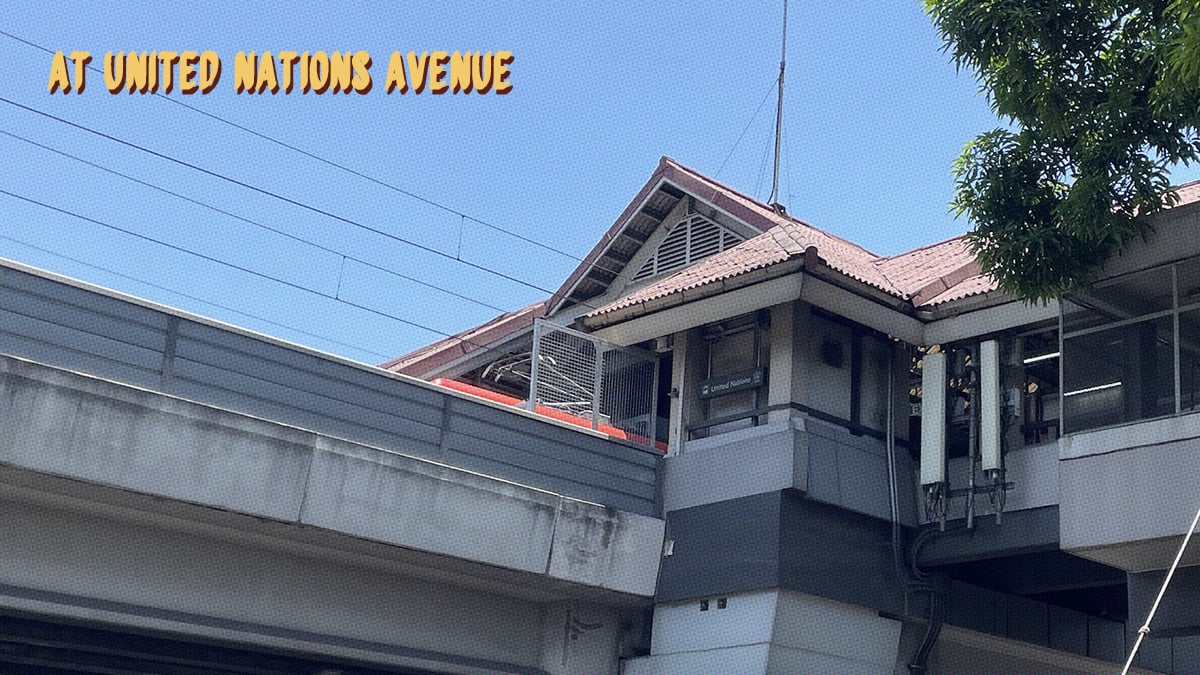
Finally, the tour proceeded a few stations southward, and ended at United Nations Avenue. Before saying our goodbyes, we learned more about the design of the LRT-1 stations, and why certain stations are the way they are.
Why these stations
When the tour was finally over, we couldn’t help but wonder why these four stations were chosen from among all the LRT-1 stations.
The unique historical stories of each of the four stations made them ideal tour destinations.
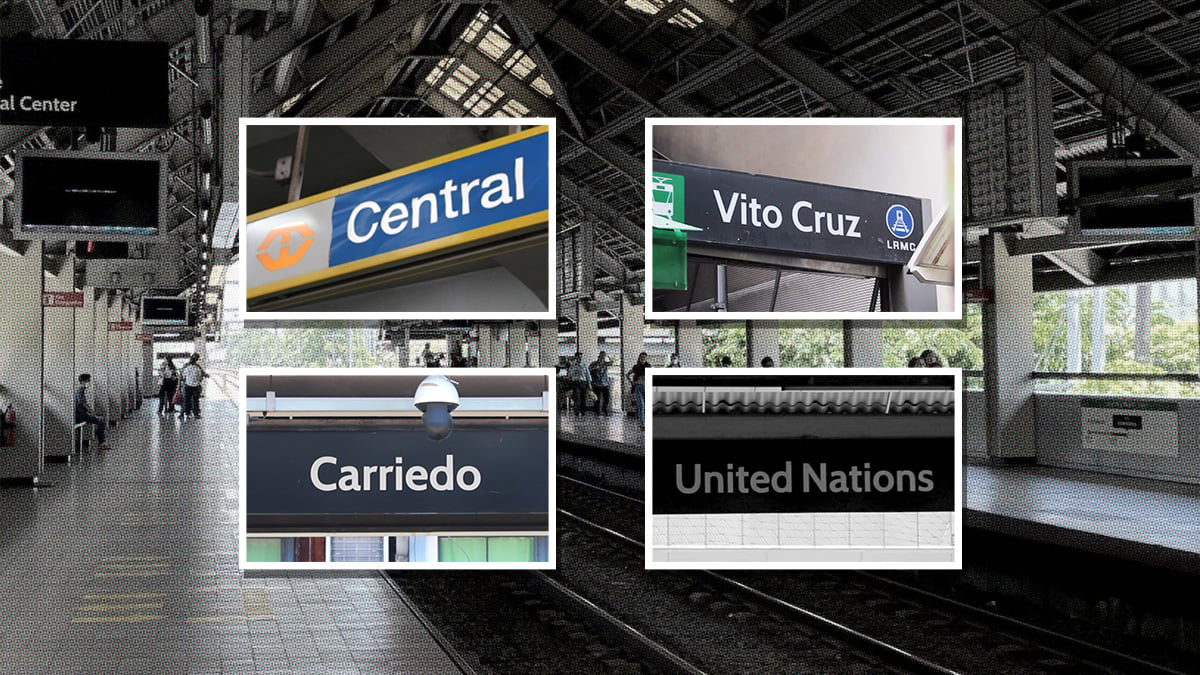
Central Terminal was chosen because it is an ideal meetup point and, at the same time, a great location to explain some history about nearby areas like Intramuros, and the former El Pueblo Chino del Parian or the old Chinatown.
Traversing the tracks from Central towards Vito Cruz gives you a glimpse of old suburban Manila, once the edge of the city where the rich built their mansions.
Carriedo is a contrast to Vito Cruz. From the serenity of the old suburbs, you head north toward downtown Manila and its vibrant commercial history.
The final stop, United Nations Station, is in close proximity to the parks and museums. From here, tourgoers can spend the rest of the day at the nearby National Museum of Natural History.
How the tour came to be
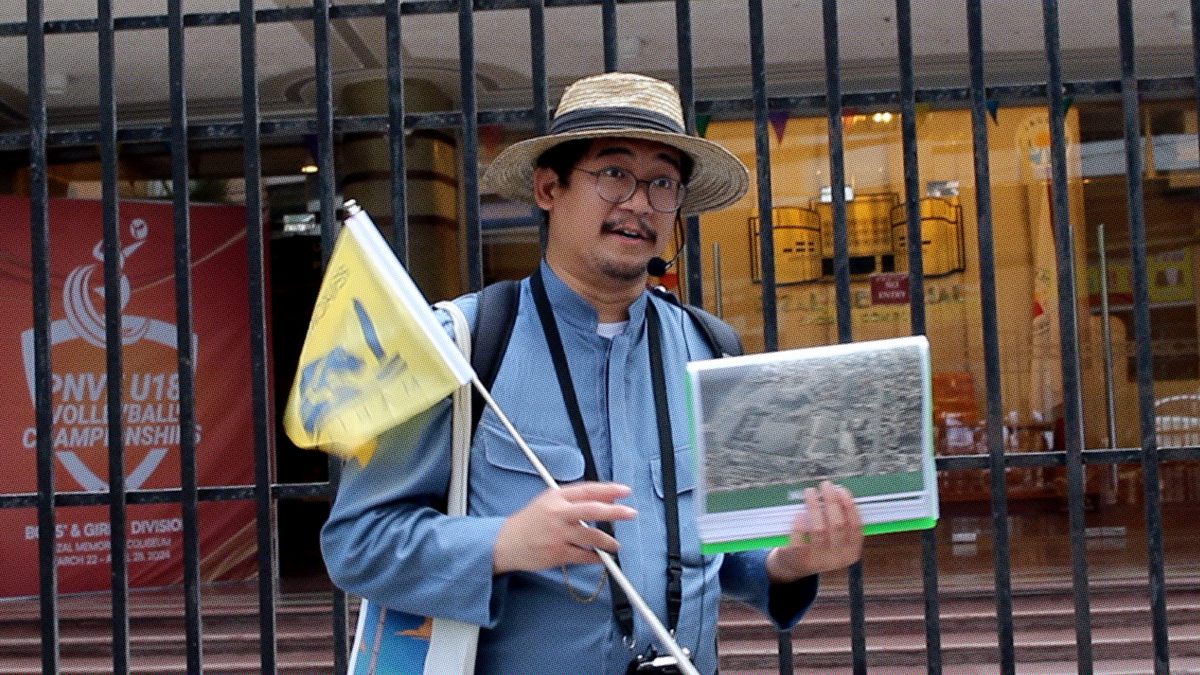
Diego Torres, president and co-founder of Renacimiento Manila, shared how the tour was conceptualized and came into being.
“Mass transit is one of Renacimiento Manila’s advocacies in terms of promoting Manila as far back when we started in the 2020s. In 2021 we had the mass transit tour, and then we had a thought, what if we also incorporate other mass transit systems within Manila? Then out of the blue, Light Rail Manila approached us so it was eventually a meeting of the minds. They were interested in creating and curating a tour for the LRT, which uses the LRT and explores the areas around the stations,” he explained.
“We were trying to develop other areas as well, but in the beginning when we were crafting the design, we said, let’s focus first on the areas that have some highlights of the city as well,” Torres explained.
According to Torres, the LRMC was very supportive along the way when they crafted the plan. He also revealed that it was the LRMC who provided the necessary logistics to carry out the tour.
According to Torres, they are working on a proposal to include more stops for the tour, to include new attractions that more people will find appealing.
Words by Gabriel Pe
Also published in GADGETS MAGAZINE May 2024 Issue
